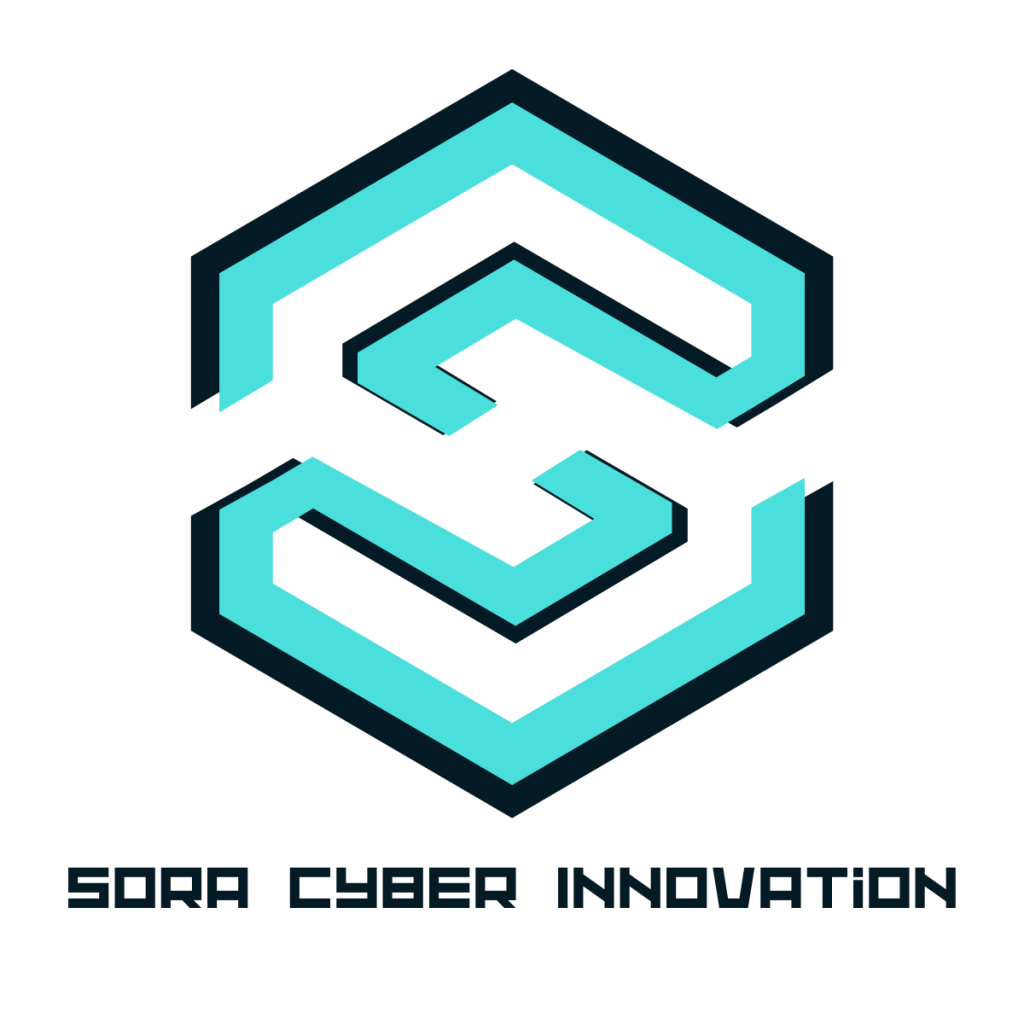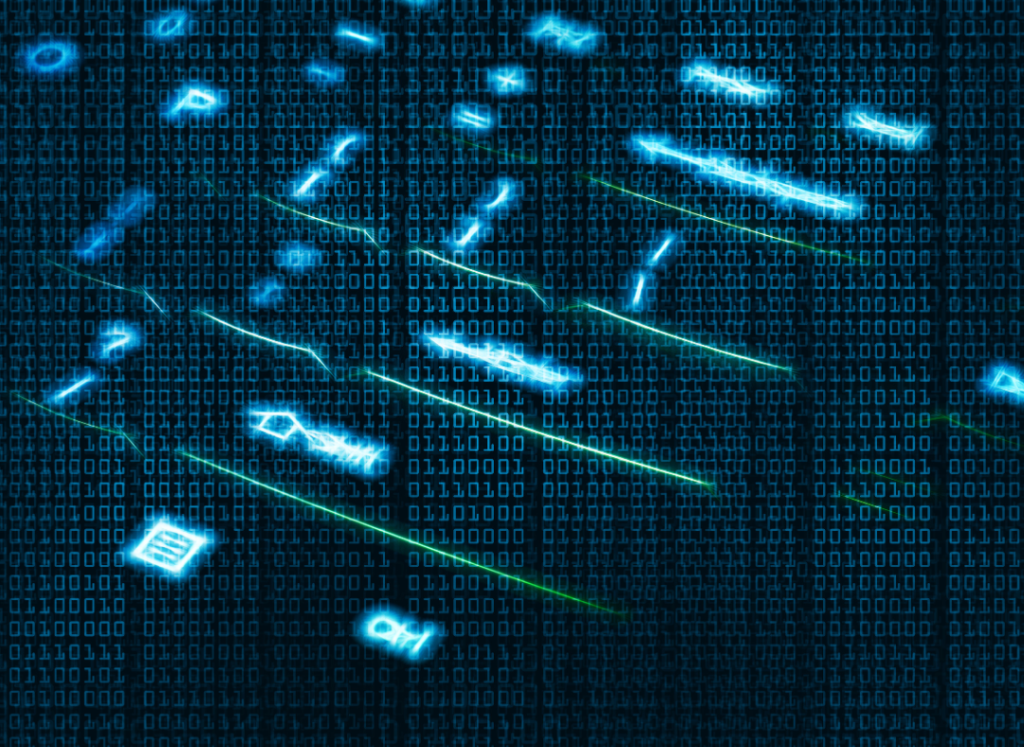The dark web is a hidden corner of the internet where cybercriminals buy, sell, and trade stolen data, hacking tools, and illicit services. If your business has ever suffered a data breach, phishing attack, or credential leak, your sensitive information could already be for sale on dark web marketplaces—without you even knowing.
Dark web monitoring is a critical cybersecurity strategy that helps businesses detect exposed data before cybercriminals exploit it. In this blog, we’ll explore what the dark web is, how cybercriminals use it, and how dark web monitoring can protect your business from fraud, identity theft, and cyberattacks.
What is the Dark Web?
The dark web is a part of the internet that isn’t indexed by traditional search engines like Google or Bing. It can only be accessed through special software like Tor (The Onion Router), which anonymizes users and their activities.
While the dark web does have legitimate uses (such as anonymous journalism or bypassing censorship), it is infamous for illegal activities, including:
Stolen Data Marketplaces – Selling login credentials, Social Security numbers, and financial data.
Hacking Services – Cybercriminals offer ransomware, phishing kits, and DDoS attacks.
Fake IDs & Fraudulent Documents – Passports, driver’s licenses, and financial records.
Malware & Exploit Kits – Software that hackers use to attack businesses.
Once your data is on the dark web, criminals can sell it to the highest bidder or use it to launch targeted cyberattacks.
How Does Your Data End Up on the Dark Web?
1. Data Breaches
Large-scale data breaches occur when cybercriminals hack into a company’s database and steal customer or employee information. High-profile breaches have exposed billions of records, including usernames, passwords, and credit card details.
Example:
In 2023, T-Mobile suffered a major data breach, exposing sensitive customer data, including addresses and phone numbers. This information was later found for sale on dark web forums.
2. Phishing Attacks
Cybercriminals use phishing emails, fake websites, and text messages to trick employees into revealing login credentials. Once stolen, these credentials are often sold on dark web markets or used to access company networks.
3. Credential Stuffing Attacks
Many people reuse passwords across multiple sites. If hackers obtain login details from one breach, they can use them to access other accounts, such as email, banking, and cloud services.
4. Insider Threats
Sometimes, disgruntled employees or malicious insiders sell company data to cybercriminals. This can include financial reports, customer databases, or intellectual property.
5. Malware & Keyloggers
Malware installed on an employee’s device can steal login credentials, payment information, and other sensitive data—which is then sent to hackers and listed on dark web forums.
What is Dark Web Monitoring?
Dark web monitoring is a cybersecurity solution that scans dark web marketplaces, forums, and hacking sites for stolen credentials and sensitive data. It helps businesses:
✅ Detect data breaches early before cybercriminals exploit stolen information.
✅ Identify exposed employee or customer credentials before they are misused.
✅ Prevent fraud and identity theft by securing compromised accounts.
✅ Enhance cybersecurity policies based on real-world threats.
Dark web monitoring tools continuously scan for stolen data related to your company, including:
Employee login credentials
Customer databases
Credit card numbers
Intellectual property
Confidential business documents
When a match is found, businesses receive an alert so they can take immediate action—such as resetting passwords, blocking suspicious accounts, and improving security protocols.
How to Protect Your Business from Dark Web Threats
1. Use a Dark Web Monitoring Service
Dark web monitoring tools, such as SpyCloud, ID Agent, and Have I Been Pwned, continuously track underground marketplaces and notify businesses when their data is found.
2. Implement Strong Password Policies
Weak or reused passwords are a major security risk. Enforce strong password policies by requiring:
🔹 Unique passwords for each account
🔹 A mix of uppercase, lowercase, numbers, and symbols
🔹 Regular password updates
Encourage employees to use password managers to generate and store complex passwords securely.
3. Enable Multi-Factor Authentication (MFA)
MFA adds an extra layer of security by requiring users to verify their identity using a second factor, such as a text message code, fingerprint, or authentication app. This helps prevent cybercriminals from accessing accounts, even if they have stolen passwords.
4. Monitor Employee Credentials
Regularly check if employee credentials have been exposed using tools like Have I Been Pwned or BreachAlarm. If compromised credentials are detected, force an immediate password reset and investigate potential security breaches.
5. Educate Employees on Phishing & Social Engineering
Since phishing is a common attack vector, train employees to:
✅ Identify suspicious emails, links, and attachments.
✅ Verify sender identities before providing sensitive information.
✅ Report phishing attempts to the IT/security team.
6. Restrict Access to Sensitive Data
Limit who has access to confidential information based on job roles. Implement Zero Trust Security, which follows the principle of “never trust, always verify”—ensuring employees only have access to the data they need.
7. Regularly Update & Patch Software
Cybercriminals exploit vulnerabilities in outdated software. Ensure all operating systems, applications, and security tools are regularly updated to patch known security flaws.
What to Do if Your Data is Found on the Dark Web
If dark web monitoring alerts you that your data has been compromised:
✅ Change all affected passwords immediately.
✅ Enable multi-factor authentication on all accounts.
✅ Monitor your financial accounts for fraudulent activity.
✅ Notify affected employees or customers.
✅ Investigate how the breach occurred and strengthen security measures.
In cases of serious data breaches, businesses should contact cybersecurity professionals and, if necessary, law enforcement agencies for assistance.
Conclusion
The dark web is a dangerous place where stolen business data is bought and sold daily. Without proper monitoring, companies may not even realize their information is exposed until it’s too late.
Dark web monitoring is an essential cybersecurity measure that helps businesses detect data breaches, prevent cyberattacks, and safeguard sensitive information. By implementing strong password policies, multi-factor authentication, phishing awareness training, and regular security updates, organizations can stay ahead of cybercriminals and protect their digital assets.

